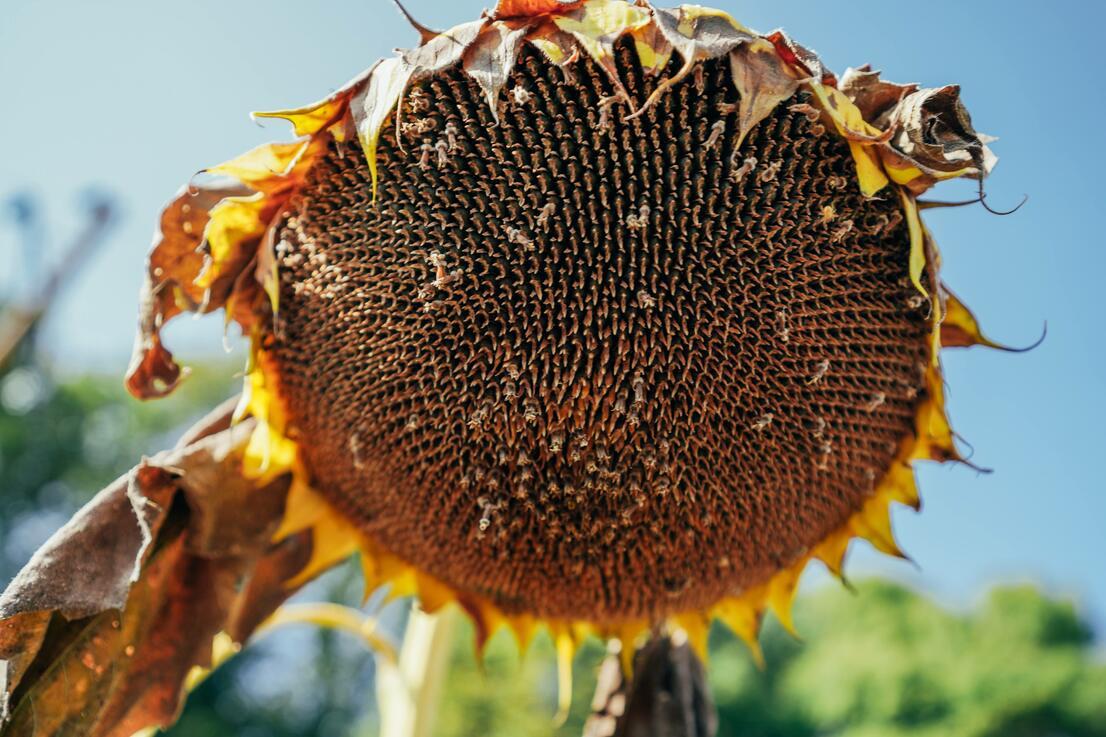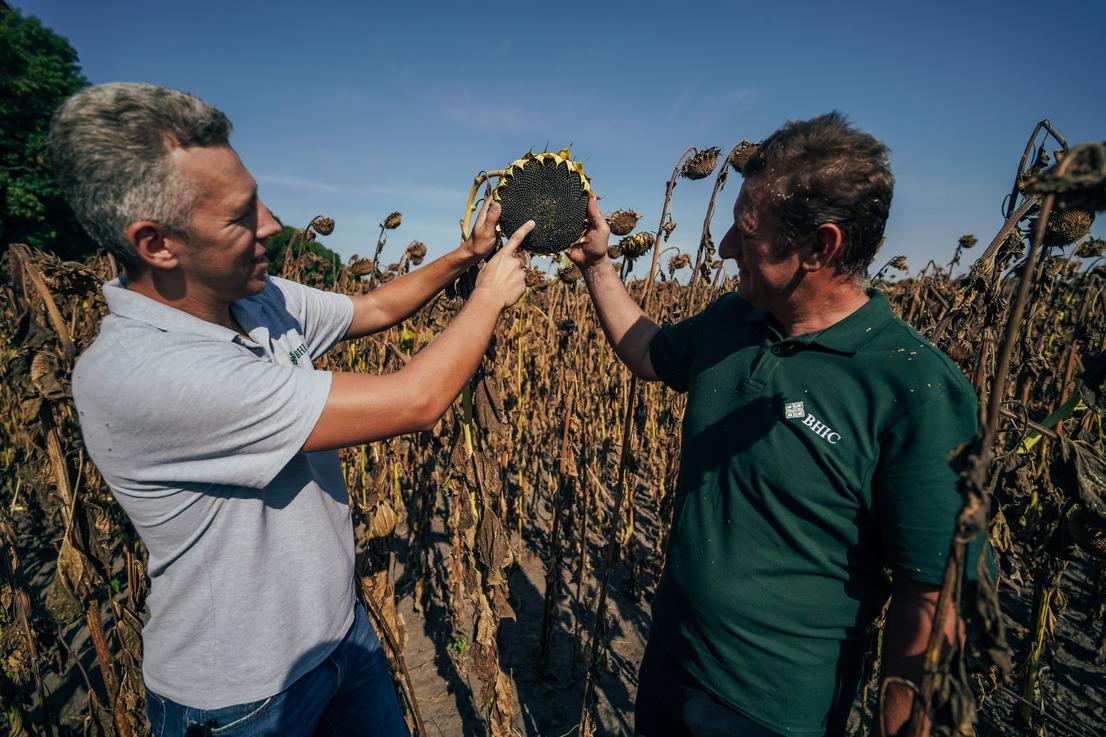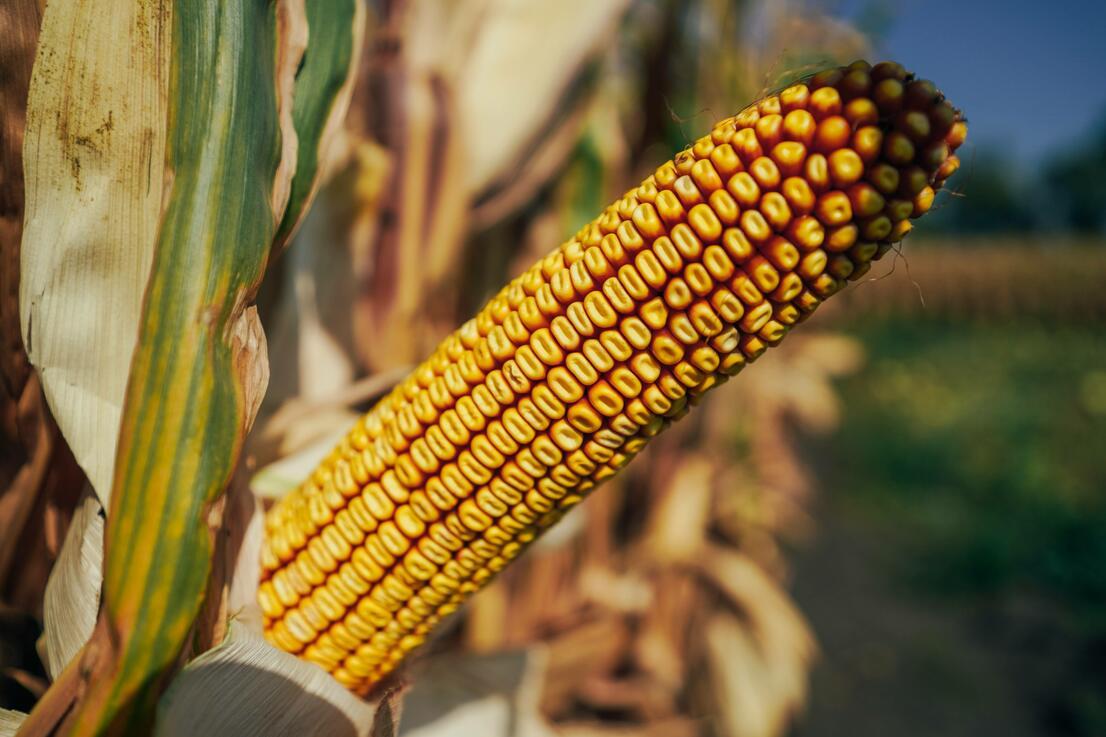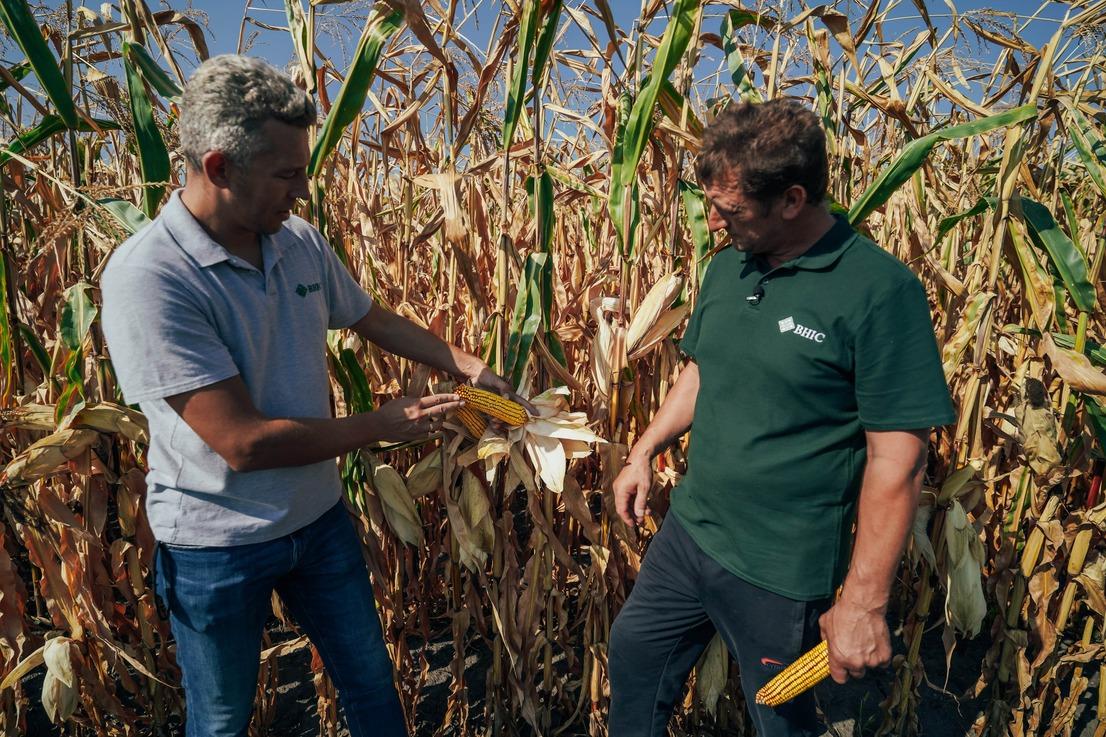How a farmer from Kyiv region adapts to challenges
Each farm chooses the technologies that best meet its goals and objectives. This determines the set of crops grown, seed material, protection and nutrition systems, machinery, etc. The “ambitions” of the goals set are consistent with the production volumes and the amount of land under cultivation. The experience of both large holdings and small farms can be interesting. It is especially difficult for the latter in the current climate change environment. We talked to one of the “small” farmers in Kyiv region to find out how the current season is going and how he manages to stay afloat in these difficult times.
Yuriy Oleksandrovych Stukalo farms 300 hectares of land in the Zguriv district of Kyiv region. He started with 50 hectares in 2003, when he received a share for his family. In general, he has been in agriculture for much longer - he studied to be a tractor driver and worked in this specialty until he started his own business.

“At first, I took the land for myself, thinking it would be enough, but then I realized that it was mine, and I like working on the land. So I gradually increased the land bank and reached the optimal amount, which I can handle well. I have 2 more tractor drivers on my staff who do tillage, spraying, etc. I do the rest of the work myself,” says the farmer.
He is learning agronomy “in the process”. As he notes, he does not chase high yields, but rather considers the possibility of making a profit.
The farm has 2 MTZ tractors, one Massey Ferguson (he uses it for “heavy” work, such as tillage), a Claas combine harvester, and recently purchased a Monosem disk seeder. He tries to buy equipment on his own, and does not risk taking out loans yet.
Mr. Yurii grows wheat, corn, and sunflower on his three hundred hectares. According to him, he is planning to introduce soybeans. On the one hand, to diversify the crop rotation, and on the other hand, although the price of this crop has been unstable lately, the farmer believes that he can make money on it.
The soil here is black soil. The farm uses plowing - most of the technologies, including tillage, have already been worked out, but they are constantly looking at new trends. For example, they lay demo plots and test hybrids. On our way to the first field, we stopped by the demo plots of sunflower and corn hybrids of the Ukrainian Scientific Institute of Selection (VNIS).
As it turned out, Yuriy Stukalo “discovered” VNIS breeding 4 years ago and now prefers their hybrids. First, he tried the corn hybrid VN 6763 and the sunflower hybrid Atilla. First of all, I was attracted by the ratio of the quality of the seed and its price. And then, when these hybrids showed themselves well enough in commercial crops, we began to test other VNIS products and expand the line of hybrids of this selection.
Kyiv region, like most other regions of Ukraine, has been hit hard by the weather this year. Drought and summer heat prevailed even in those regions where these phenomena were rare. However, the season for spring crops seemed to start well.
“In our region this year, people started sowing sunflowers in early April, fearing that there would not be enough moisture. I didn't want to, because it was still cold. And just in late April and early May, it rained, and the conditions were favorable. So we started sowing on April 25. In general, in my experience, the situations were different. For example, in 2019, I took my time and sowed sunflower until May 23, and it was better than the one sown in late April. This crop loves warmth,” explained Yurii Stukalo.
This year, 150 hectares were allocated for sunflower seeds of VNIS selection. Atilla and Shannon hybrids were sown. Mr. Stukalo showed us a field with the Atilla hybrid, which has been sown for 3 years, and told us about the technology used.
The previous crop on the field was corn. After it, the field was plowed and 100 kg/ha of urea was applied. In the spring, we closed the moisture and gave another 140 kg/ha of urea before sowing. Before sowing, 120 kg/ha of magnesium sulfate and ammonium sulfate were added. The seeds were treated with Matador at a rate of 50 g per sowing unit. After sowing, soil herbicides were applied with propizachlor (2.5 l/ha) and terbutylazine (2.5 l/ha). Further down the leaf, boron was also applied (sunflowers cannot survive without it), magnesium sulfate and once for prevention, Paracelsus fungicide.
The owner believes that it is better to invest the minimum amount of money and resources and get the highest possible profit. This can be achieved by choosing products and technologies that have a good balance of price and quality. In fact, this factor became the main one in cooperation with the Ukrainian Scientific Institute of Breeding.

Sunflower that can withstand any stress
“Over the period of my business, I have tried seeds from many producers, and each time there were some difficulties. Either diseases spread or low stress resistance. For example, there was a case of harvesting Syngenta hybrids when the seeds were much wetter than normal. I have no such problems with VNIS hybrids. This year was especially indicative, when there was a cold snap in the early stages of the growing season - one stress. And then, after the May rains in early May, there was almost no precipitation until now (mid-September - Author) - also a stress. Moreover, the heat periodically reached +35 0 C. But both Atilla and Shannon withstood such stressful conditions well, showed first cold and then drought resistance, so I hope to get high yields despite this year's conditions,” says the farmer.
According to him, last year Shannon showed a yield of 3.8 t/ha. This year, the farmer expects a yield of 3.0 t/ha, which is twice as much as the neighboring fields, as the biological yield of those fields is 1.5 t/ha.
By the way, the hybrid Shannon is resistant to tribenuron-methyl. Last year, Mr. Yurii sowed it using express technology, and this year he used classical technology. In both cases, the hybrid “withstood” and reacted to herbicides quite normally.
In addition to stress resistance and yield, both hybrids have a high oil content.
“Last year, when I submitted sunflower seeds to Korolivskyi Smak, the oil content was within 49-51%. That is, on average, these hybrids produce 50%,” said Yuriy Stukalo.
After evaluating the sunflower crops, we went to see the corn.

Amarok 290 and VN 6763: corn that stands up to the test of drought
This season, Mr. Yurii has allocated a total of 80 hectares for corn hybrids of VNIS selection. 40 hectares each for VN 6763 and Amarok 290.
“I started my cooperation with VNIS with VN 6763. I really liked this hybrid, then I sowed VN 63. And last year I tried Amarok 290 on a demo plot and just couldn't get enough of it. And today I have made a bet on Amarok 290 and VN 6763,” said the farmer.
“Indeed, when he showed us the corn, he was radiating joy and trying to show us what kind of plants and what kind of cobs - both on the edges of the fields and inside. And it was understandable, because the 2020 season was very unfavorable for corn in general. Farmers in many regions simply lost the crop.
According to Yuriy Stukalo, moisture is the No. 1 problem. Although there was enough moisture for the sowing period - corn was sown on May 3-5, and then it rained. Then came the drought, and like sunflower, corn suffered from a lack of moisture. And it was in this situation that VNIS hybrids showed their advantages.
“Both hybrids (Amarok 290 and VN 6763) have shown yields of at least 10 t/ha for all years. In our region, this is a very good indicator, if we also take into account the minimum costs of cultivation. We give a minimum of fertilizer and at the same time the corn grows well, it gives a stable result. Plus, it gives off moisture quickly. For example, last year, at the time of harvesting, VNIS hybrids showed a grain moisture content of 17-18%. While another Ukrainian hybrid had up to 24-27% during the same period,” says the farm manager.
Mr. Yurii has also developed the corn growing technology for his own conditions and purposes. He fertilizes with ammonium sulfate at a rate of 120 kg/ha. The weed control scheme includes post-emergence herbicides Musson at a rate of 1.2 l/ha and Primus at a rate of 0.5 l/ha. For insecticidal protection, Matador is used. The technology is also not intensive, but both the result and the farmer's profit are quite satisfactory.
According to Yuriy Stukal, he is constantly testing imported hybrids, and they also give a good harvest, but with the same technology, the cost of seed has a significant impact on the final profit, the cost part increases, and the margin decreases accordingly.
In addition, not all intensive hybrids were able to withstand the extremely stressful conditions this year. Mr. Yurii saw with his own eyes the crops of his neighbors, even those of foreign breeding, with unfilled, small ears, or even no ovaries at all. Some farmers did not wait for the fall and mowed their corn for silage, as they had no hope of a harvest.

And as we saw for ourselves when we inspected the field with the Amarok 290 hybrid, our owner will have a corn crop this year! And, according to him, it is primarily due to the drought and stress resistance of VNIS hybrids.
So, having found the principle of management, according to which optimization of costs allows to obtain profitable results, the farmer from Kyiv region Yuriy Oleksandrovych Stukalo plans to continue to develop his enterprise - measuring success not in absolute numbers, but in the balance of profits.

 Choose a country
Choose a country